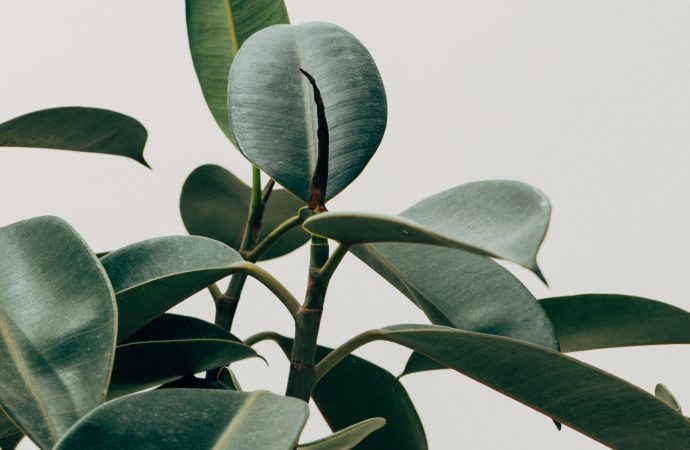Carnivorous plants are a fascinating group of plants that have evolved to supplement their nutrient-poor soil by capturing and digesting prey. While insects are the most commonly known prey of carnivorous plants, recent research has uncovered some surprising prey items that these plants consume. In this article, we will explore some of the unexpected prey
Carnivorous plants are a fascinating group of plants that have evolved to supplement their nutrient-poor soil by capturing and digesting prey. While insects are the most commonly known prey of carnivorous plants, recent research has uncovered some surprising prey items that these plants consume. In this article, we will explore some of the unexpected prey of carnivorous plants.
The Basics of Carnivorous Plants
Before we dive into the surprising prey of carnivorous plants, let’s review some basics about these fascinating plants. Carnivorous plants are photosynthetic and do not “eat” insects and other prey as a source of energy. Rather, their victims are used to supplement nitrogen and other nutrients that their roots do not receive from the soil. These specialized plants employ a variety of mechanisms to capture prey, ranging from the passive pitfall traps of pitcher plants to the adhesive leaves of sundews and butterworts to the “snap traps” of Venus flytraps.
The Surprising Prey of Carnivorous Plants
While insects are the most commonly known prey of carnivorous plants, recent research has uncovered some surprising prey items that these plants consume. Here are some of the unexpected prey of carnivorous plants:
1. Spiders
While it may seem counterintuitive for a plant to consume a predator like a spider, some carnivorous plants have been found to do just that. For example, the pitcher plant Nepenthes gracilis has been observed capturing and digesting spiders in addition to insects. This may be because spiders are attracted to the nectar produced by the plant and become trapped in the pitcher.
2. Crustaceans
In 2020, researchers discovered that the pitcher plant Nepenthes hemsleyana was capturing and digesting tiny shrimp-like crustaceans called copepods. This was a surprising find, as copepods are not typically found in the habitats where these plants grow. The researchers believe that the copepods may have been blown into the pitchers by wind or carried in by other insects.
3. Vertebrates
While it is rare for carnivorous plants to capture vertebrates, it has been known to happen. In 2009, a team of researchers in Canada discovered that the pitcher plant Sarracenia purpurea was capturing and digesting juvenile salamanders. The researchers believe that the salamanders were attracted to the plant’s nectar and became trapped in the pitcher.
4. Bat Guano
While not a living organism, bat guano (feces) has been found in the pitchers of some carnivorous plants. In 2018, researchers in Borneo discovered that the pitcher plant Nepenthes hemsleyana was capturing and digesting bat guano. The researchers believe that the bats were attracted to the plant’s nectar and dropped their guano into the pitcher.
Conclusion
Carnivorous plants are a fascinating group of plants that have evolved to capture and digest prey in order to supplement their nutrient-poor soil. While insects are the most commonly known prey of carnivorous plants, recent research has uncovered some surprising prey items that these plants consume, including spiders, crustaceans, vertebrates, and even bat guano. As researchers continue to study these fascinating plants, it is likely that we will uncover even more unexpected prey items in the future.

















Leave a Comment
Your email address will not be published. Required fields are marked with *